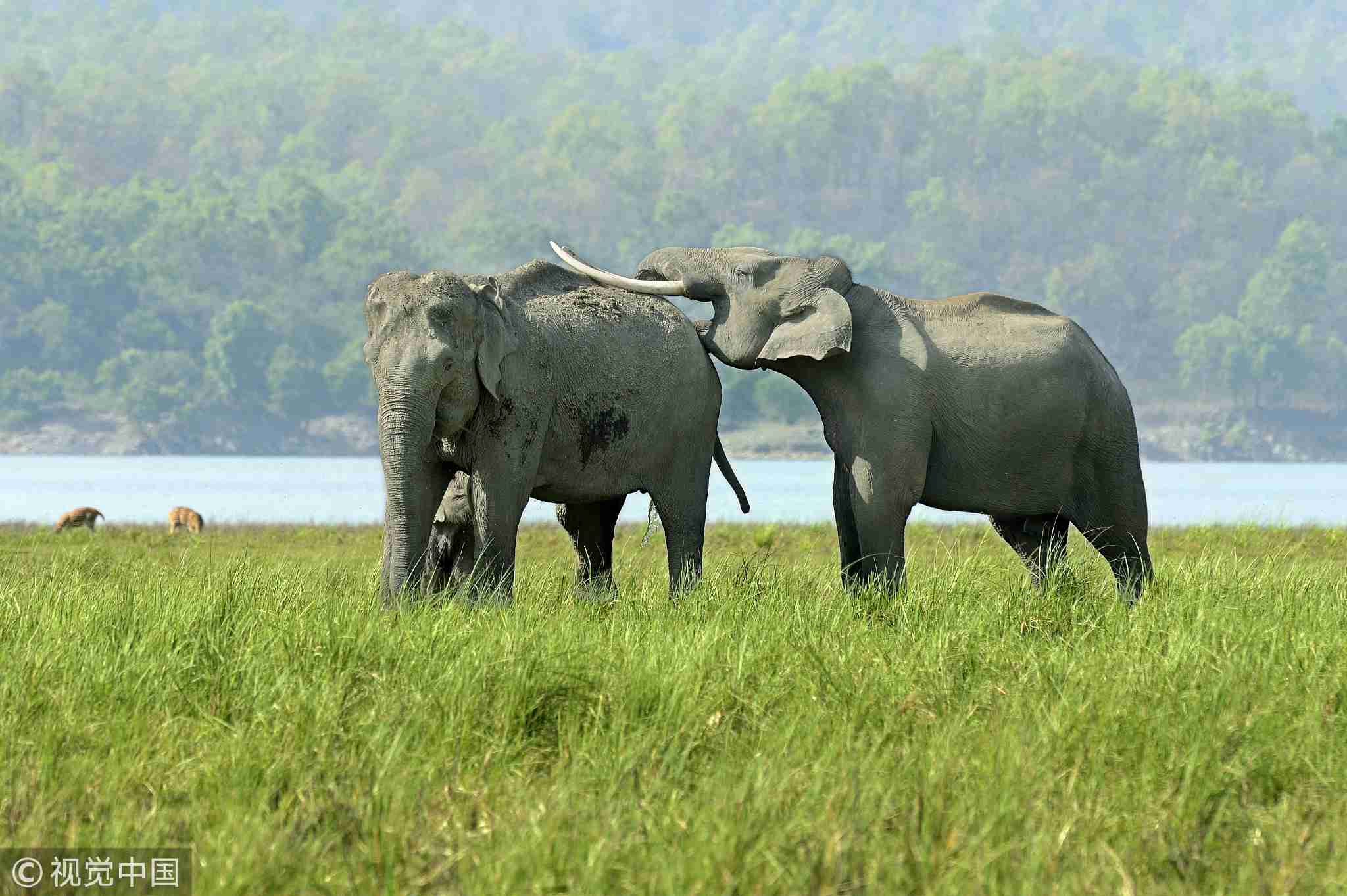
When the last African elephant at the Johannesburg Zoo lost her male companion due to illness in September last year, some people said 39-year-old Lammie should be sent to a bigger sanctuary so she wouldn't spend her final years alone.
The debate is particularly sensitive because the world's biggest land mammal is known for intelligence, strong social bonds and even the ability to grieve. The zoo now says Lammie is staying, and that a search for a new mate is underway.
The case of Lammie, born in the zoo, echoes that of Happy, an Asian elephant that has lived at the Bronx Zoo in New York since 1977, including over a decade without another elephant in the same enclosure. Some activists say Happy should go to a sanctuary with other elephants, but the zoo said in 2016 that she is “healthy and comfortable,” has bonded with the people who care for her and has “tactile and auditory contact” with the zoo's other two elephants.
In Johannesburg, Lammie had lived for 17 years with Kinkel, a 35-year-old male elephant who was rescued from the wild after his trunk was caught in a snare in 2000. Since he died on Sept. 4, 2018, Lammie has been on her own and some conservation groups say it's time to move out.
"Now that Lammie has lost her companion, she is in desperate need of a happier existence and the chance to live out her years with other elephants," Audrey Delsink, wildlife director of Humane Society International/Africa, said in a statement. She said many zoos around the world have recognized the "welfare challenges" of confining such a complex animal and that a sanctuary similar to the wild is ready to take Lammie if the Johannesburg Zoo agrees to let her go.
South Africa's NSPCA, an animal welfare group, appealed for an end to "the endless and redundant cycle of continuously condemning elephants to captivity for many years to come."
The Johannesburg Zoo says it serves an educational role and hosts visitors from low-income communities who don't have the means to visit wildlife parks. But Michele Pickover, director of the EMS Foundation, which lobbies on African wildlife topics, said "nobody learns anything by seeing a tormented elephant in an enclosure and that watching a documentary film about elephants would be more educational. "

Asian elephants are seen in a grassland. /VCG Photo
Elephants in the wild, meanwhile, are threatened by poachers who have killed large numbers every year to supply ivory to consumers, particularly in parts of Asia.

Elephants are slaughtered for their ivory, mainly to satisfy demand in the Asian market for products coveted as a traditional medicine or as status symbols. /VCG Photo
The Johannesburg Zoo is hoping to find another elephant to join Lammie in line with regulations set out by the World Association of Zoos and Aquariums, spokesperson Jenny Moodley said. She said experts are intensively monitoring Lammie and that the elephant might not necessarily adapt well if placed in a new environment.
"She is coping incredibly well, considering that she has lost her partner," Moodley said.
Lammie refused to eat around the time of her partner's death, according to the zoo. The day before Kinkel died, she was seen trying to help him get up.
(Cover: VCG )

Copyright © 2018 CGTN. Beijing ICP prepared NO.16065310-3
Copyright © 2018 CGTN. Beijing ICP prepared NO.16065310-3